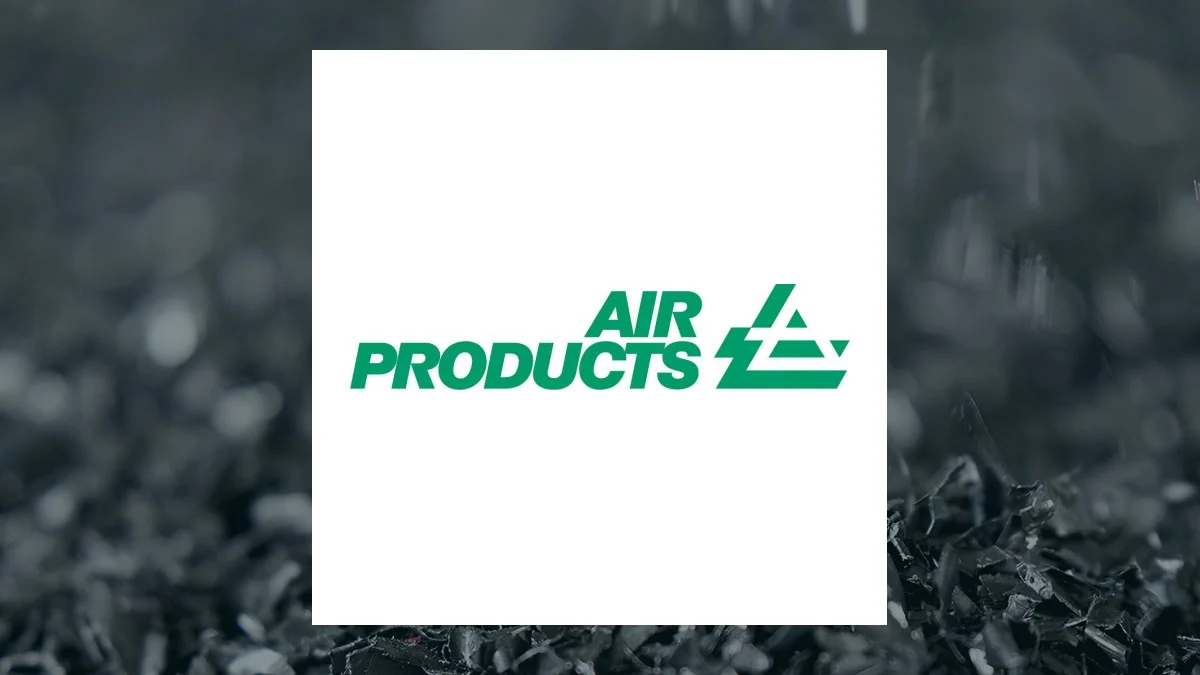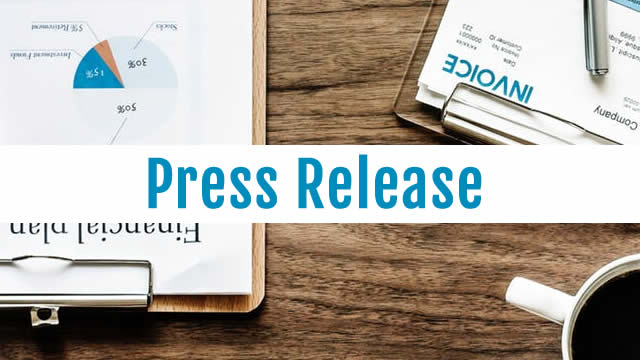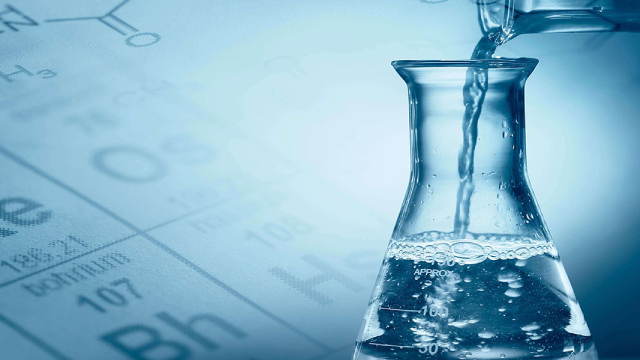
APD
Air Products and Chemicals, Inc.
$260.86
-0.19
(-0.07%)
| Exchange: | |
| Market Cap: | 58.065B |
| Shares Outstanding: | 239.167M |
About The Company
Revenue Segmentation
EPS
Earnings Call
Income Statement
(* All numbers are in thousands)
Balance Sheet
(* All numbers are in thousands)
Cash Flow Statement
(* All numbers are in thousands)
Analyst Estimates
(* All numbers are in thousands)







